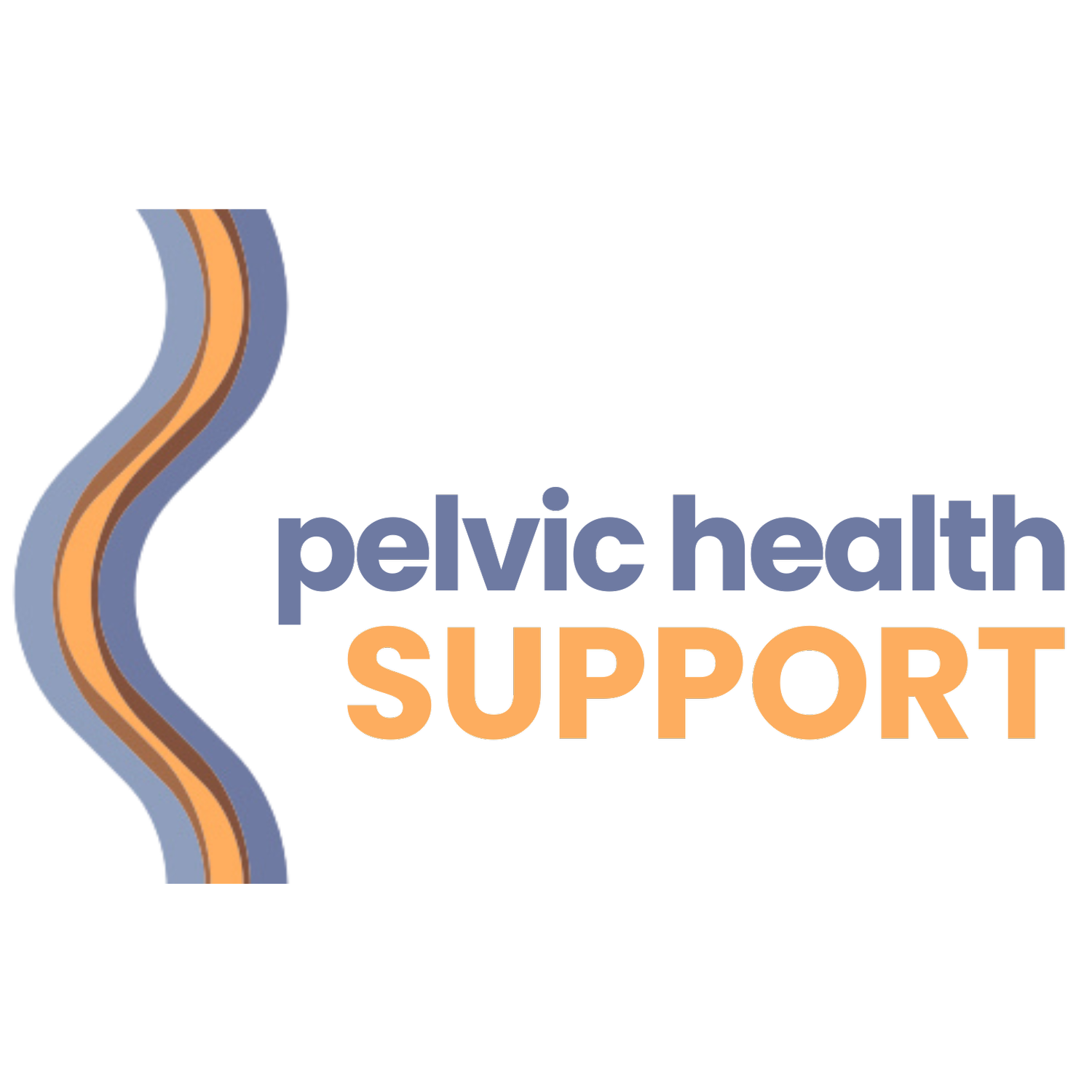Toileting Position: Set yourself up for success!
Download your PDF copy of this article by clicking this button:
The way you sit on the toilet makes a huge difference. Focusing in on the position of your sphincter and a specific pelvic floor muscle will allow for optimal bowel health!
This muscle is the puborectalis, which attaches from your pubic bone into your anococcygeal ligament or your tailbone. It runs along the outer walls of the anus and rectum. When sitting with your legs flat on the ground (which is optimal for sitting posture) the puborectalis muscle becomes tight and compresses the rectum making it difficult for stool to pass. However, when you elevate your legs (knees above hips) your sphincter aligns straight, and the puborectalis muscle becomes relaxed. This allows for an ease of elimination of your bowels.
Avoid straining
Relax your elbows on your knees
If you need help initiating a bowel movement, try blowing as if you were gently blowing into a balloon
Gently rock back and forth to find a position that seems most helpful to you
To further explain how diaphragmatic breathing is beneficial for bowel health, as you take a deep breath in through your nose, feel your breath travel down into your rectal/vaginal opening. As your breath travels to that area, allow the openings to relax into the toilet bowl. The gentle descent or drop of the pelvic floor allows the muscles to stretch or relax. If you find yourself straining to have a bowel movement, adjust your position. Grab some books, a stool, or a squatty potty and make sure your knees are higher than your hips and lean forward with a straight back.

